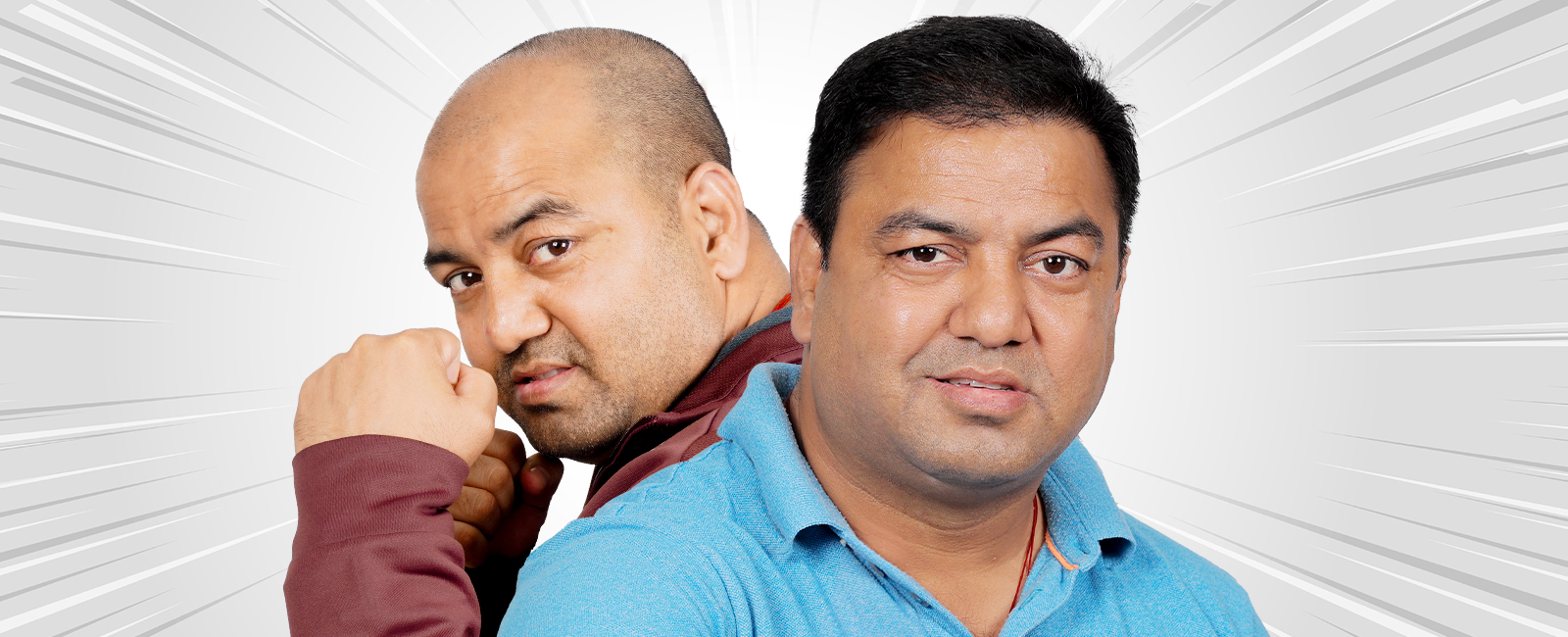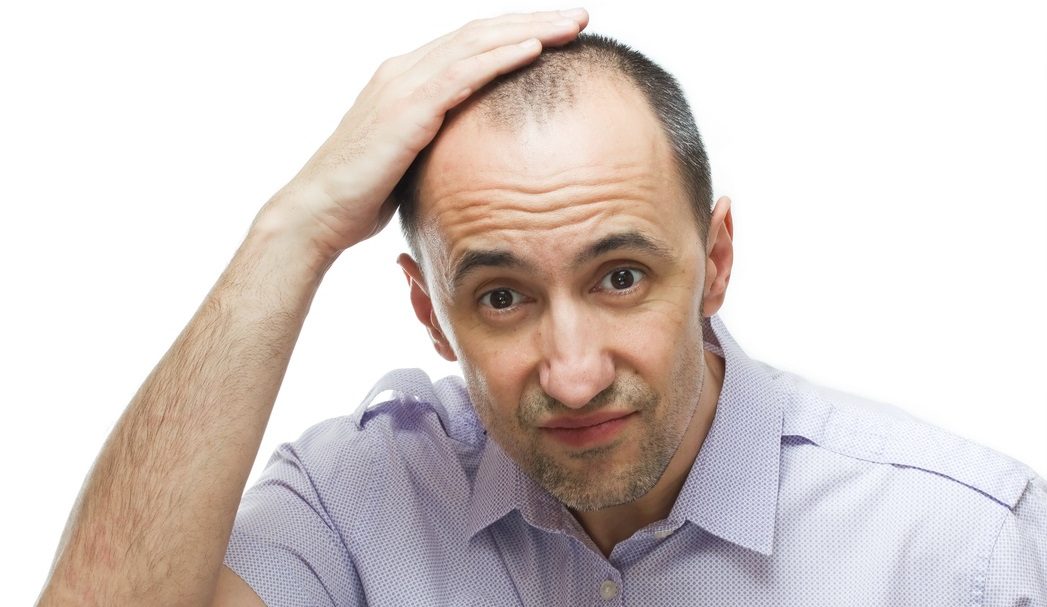The blonde girl wants black hair, the black hair girl wants red hair, the red hair girl adores blonde hair, curly hair bearers want straight, and the cycle is never-ending. But, many of us might have wondered about the major difference between the characteristics of Caucasian hair and Asian hair. This article draws the difference between both in general and the difference between both in the context of hair transplants.
Listed Below Are A Few General Characteristics Of Caucasian And Asian Hair:
- Asian hair has a lower density than Caucasian hair. Thus, an Asian hair transplant is a little more difficult.
- Although Caucasian hair can be straight in shape, or frizzy, or wavy and normally has an oval-shaped hair strand, Asian hair is more likely to be straight with a circular cylindrical strand.
- Asians might have either dark brown or black hair. Dark brown, blonde and red shades of hair can all be seen in Caucasians.
- Caucasian hair grows 1.2 cm less slowly each month.
- Asian hair is thicker than Caucasian hair because its diameter is two times higher.
- Studies show that Asians have fewer scalp hairs on average (80,000–140,000) than Caucasians do.
- With a monthly growth rate of 1.4 cm, Asian hair grows more quickly than hair from other races.
Now Let Us Understand The Difference Between The Two With Respect To A Hair Transplant:
- Male Pattern Baldness: Caucasians tend to encounter baldness slightly more than Asians. 30% of Asians can see male pattern baldness, while the percentage with Caucasians goes like this: USA:34%, England: 36% and Germany: 41%. However, changes in lifestyle in the era might cause differences in the accurate share of baldness.
- Hairline: Fronto-Temporal angle of the hairline is wide in the case of Asian hair and a little acute in the case of Caucasian hair. The position of the hairline is lower than 8-10 cm from Glabella in Asian hair and higher in Caucasian hair. Consequent to these factors more grafts are required in Asian hair transplants. In terms of shape, Asians have flatter hairlines and Caucasians have bell-shaped hairlines.
- Scalp: Asians have tough and tight scalps while Caucasians have loose scalps. In Asian scalps, there is less hair per square cm. Subsequently, the scalp is clearly visible in the case of Asians.
- Length of follicles: Asian hair follicles are 5.0-6.0 mm in length and Caucasians are 4.0-5.0 mm. Since the length is higher in Asian follicles, they are more vulnerable to transactions, dryness and mechanical damage.
- Donor density, per square cm: Donor density means the density of the area from where grafts are extracted to be implanted in the required area. The following chart reflects the difference between Caucasian donor density and Asian donor density.
| Asian | Caucasian | |
| Mid Occiput | 80-90: Follicular density
160-170: Hair density |
100-120: Follicular density
200-240: Hair density |
| Temporal | 55-70: Follicular density
100-127: Hair Density |
80-90: Follicular density
170-190: Hair density |
Since you can see that the donor area is dense in the case of Caucasian hair, it is quite clear that they have higher chances of improving the look and creating an epic transformation. However, with the advancement of science, even body hair is used in the case of Caucasian and Asian hair transplants. Thus, nowadays it hardly matters how dense is your donor area.
It is bizarre, but it is a fact that Indian hair isa mixture of Asian and Caucasian hair.





